The Tirupati Balaji Temple, also known as Sri Venkateswara Swamy Temple, is one of the most important pilgrimage destinations in India. Located in the Tirumala Hills of Andhra Pradesh, it is dedicated to Lord Venkateswara, an incarnation of Lord Vishnu. Tirupati Balaji Temple Tour & Trek.
This temple attracts millions of devotees each year, making it one of the busiest pilgrimage centers in the world. It is believed that visiting Tirupati Balaji fulfills wishes and brings peace, prosperity, and spiritual upliftment. The temple is also renowned for its Dravidian-style architecture, gold-plated dome, and rituals that date back centuries.
Beyond its religious importance, the trek to Tirumala offers a spiritual and physical journey through lush greenery, serene pathways, and sacred stops.
Best Time to Visit
The temple is open throughout the year, but the experience varies with seasons:
- September to February (Winter): Pleasant weather, ideal for trekking and darshan.
- March to June (Summer): Hot temperatures; early morning or evening visits are recommended.
- July to September (Monsoon): Green landscapes but humid conditions; carry rain protection.
Special Occasions: Brahmotsavam, Vaikuntha Ekadashi, and annual festivals see heavy crowds but offer vibrant spiritual experiences.
How to Reach Tirupati Balaji Temple
By Air
- The nearest airport is Tirupati Airport (Renigunta Airport), about 40 km from Tirumala.
- Well connected to major cities like Chennai, Hyderabad, and Bangalore.
By Train
- Tirupati Railway Station connects directly to metros like Delhi, Mumbai, and Kolkata.
- Renigunta Junction is another key railhead nearby.
By Road
- Regular buses and taxis operate between Tirupati town and Tirumala Hills.
- Pilgrims can also take government-run buses for darshan services.
Note: Vehicles need special permission to go uphill; most visitors use buses or shared jeeps from Tirupati.
Entry Fees and Permits
- General darshan (Sarva Darshan): Free of cost, but involves long waiting hours.
- Special Entry Darshan: Around INR 300 per person (subject to change).
- Seva or Ritual Tickets: Charges vary depending on the type of puja.
- Trekking devotees from Alipiri or Srivari Mettu routes get free tokens for darshan upon registration. Tirupati Balaji Temple Tour & Trek.
Food Availability and Meal Options
Food arrangements for devotees are well-organized:
- Free meals (Annadanam): The temple provides simple vegetarian meals at no cost.
- Food stalls along trekking paths: Offer snacks, fruits, tea, and drinking water.
- Restaurants in Tirupati town: Serve South Indian thalis, tiffin, and continental options.
Note: Only vegetarian food is available in and around the temple; non-vegetarian items and alcohol are strictly banned.
Packing List and Essentials
To make the journey comfortable, here are essentials to carry:
- Comfortable walking shoes or sandals
- Light cotton clothes for summer; warm layers for winter nights
- Umbrella or raincoat during monsoon
- Water bottle and light snacks
- Personal medicines and first-aid kit
- ID proof and darshan booking slip
- Small backpack for trekking essentials
Safety Tips and Local Regulations
Tirupati Balaji Temple and trek routes are generally safe, but follow these precautions:
- Stay on the marked trekking paths (Alipiri or Srivari Mettu).
- Avoid carrying valuables or large amounts of cash.
- Mobile phones are restricted inside the temple premises.
- Follow queue systems strictly for darshan.
- Photography and videography are prohibited in the temple.
- Respect local traditions and avoid littering.
Tips for Beginners or First-Time Visitors
- Book your darshan ticket in advance to avoid long waiting times.
- If trekking, start early morning to avoid heat and crowd.
- Take breaks at resting points along the trek.
- Elderly and children can consider bus or jeep rides instead of trekking.
- Plan at least 2 days for the trip to comfortably cover travel and darshan.
Local Customs and Cultural Etiquette
- Devotees are required to wear modest, traditional attire.
- Men usually wear dhoti or simple trousers; women prefer saree or salwar kameez.
- Chanting hymns like “Govinda Govinda” is a common practice while trekking.
- Offerings like hair donation (tonsuring) are considered sacred.
- Always respect temple rituals and maintain silence inside sanctum areas. Tirupati Balaji Temple Tour & Trek.
FAQs about Tirupati Balaji Temple Tour & Trek
1. How long does the trek take?
The trek from Alipiri (11 km) takes about 4–6 hours, while from Srivari Mettu (2.1 km) it takes 1–2 hours.
2. Is the trek difficult?
It is moderately difficult; the Alipiri route has 3,500+ steps but offers facilities like shelters and drinking water.
3. What is the altitude of Tirumala Hills?
The temple is located at an altitude of approximately 3,200 feet (975 meters).
4. Are restrooms available along the route?
Yes, clean restrooms and drinking water facilities are provided at regular intervals.
5. Are accommodation options available near the temple?
Yes, temple-run guesthouses, dormitories, and private hotels are available in Tirumala and Tirupati.
6. Can elderly people or children undertake the trek?
Yes, but with care. They can also take buses, jeeps, or cars to reach Tirumala.
7. Is mobile network available in Tirumala?
Yes, mobile connectivity is generally good in Tirumala, but restricted inside the temple.
8. Are medical facilities available?
Yes, medical aid centers and pharmacies are present both in Tirupati and Tirumala.
9. Is there a dress code for darshan?
Yes, modest clothing is mandatory. Shorts, sleeveless tops, and western casual wear are not permitted.
10. Can foreign tourists visit Tirupati Balaji Temple?
Yes, visitors from all over the world are welcome, provided they follow temple rules and dress code.
Conclusion
The Tirupati Balaji Temple Tour and Trek is not just a religious pilgrimage but also a journey of endurance, faith, and cultural immersion. From the sacred chants on the trekking routes to the grand darshan inside the temple, every step brings spiritual significance. Tirupati Balaji Temple Tour & Trek.
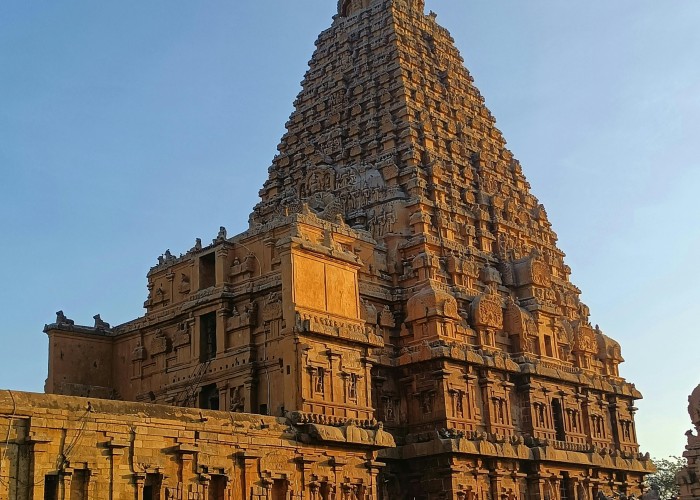
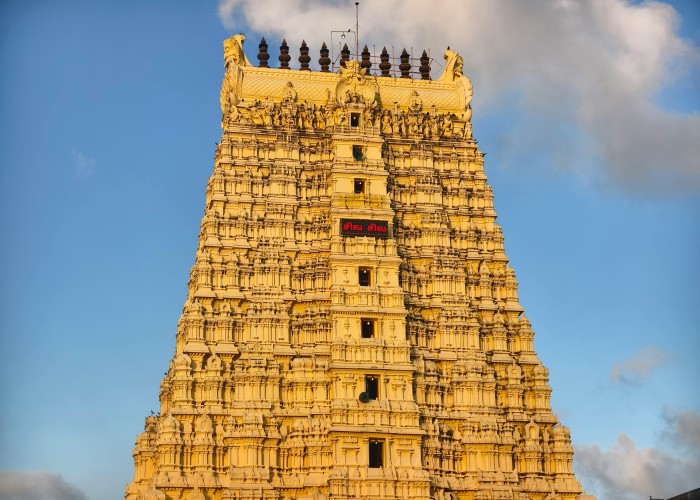
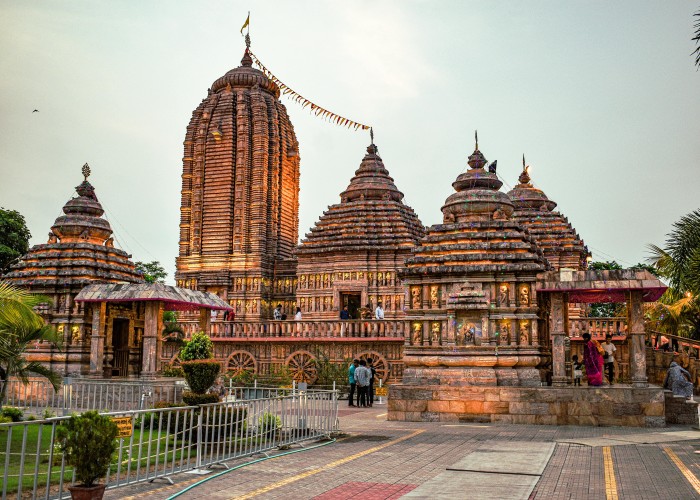
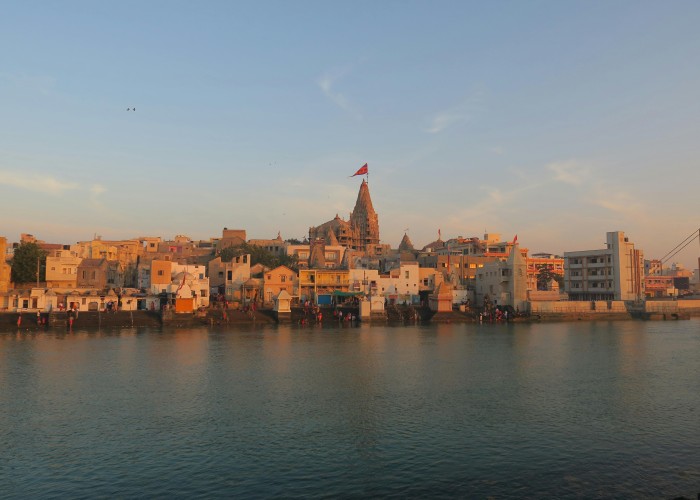
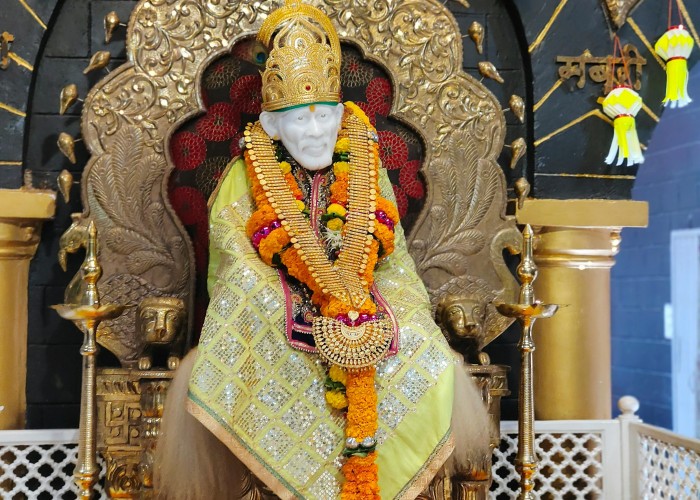
Leave a Reply